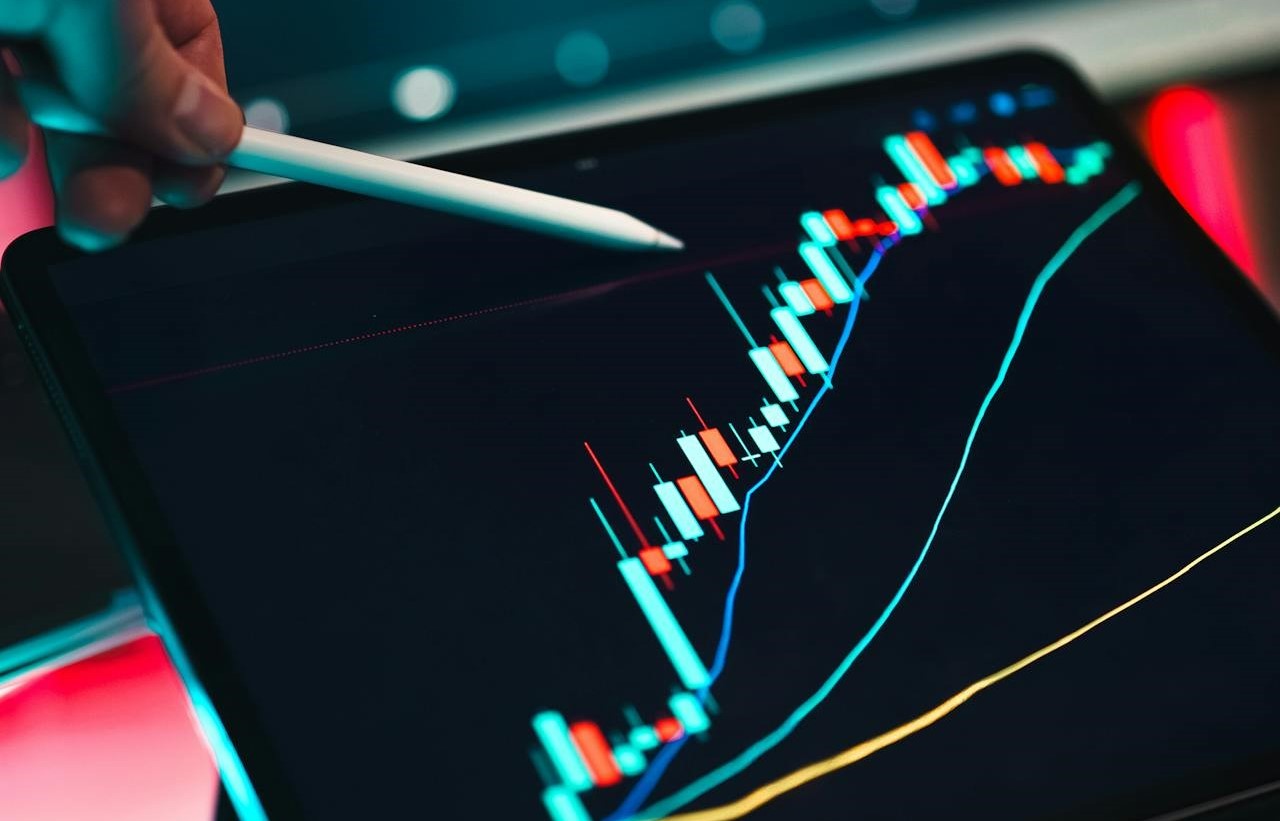Bitcoin’s slide toward $84,000 appears to be fueled more by structural forces than investor sentiment, according to Greg Cipolaro, Global Head of Research at NYDIG. In a recent report, Cipolaro explains that the key drivers that once powered the 2024–25 bull run have now flipped, creating a powerful drag on the market.
One of the biggest reversals comes from U.S. spot bitcoin ETFs. After acting as a major demand engine earlier in the year—channeling billions into BTC—these funds are now seeing persistent outflows. Data from SoSoValue shows five-day flows turning consistently negative, with November outflows already at $3.55 billion, nearing February’s record. This shift signals that institutional appetite has cooled significantly, adding pressure to bitcoin’s price.
Stablecoins, often used as a measure of sidelined liquidity, are telling a similar story. Total stablecoin supply has dipped for the first time in months, and the algorithmic USDE token has seen its circulating supply cut nearly in half since the Oct. 10 liquidation event. Cipolaro argues that this contraction points to money actively leaving the crypto ecosystem rather than waiting on the sidelines for reentry.
The unwind extends to corporate bitcoin strategies as well. Companies that previously issued stock at premiums through DAT structures to buy BTC are now unwinding those trades as premiums turn to discounts. Some firms, including Sequans, have reportedly sold bitcoin positions to manage debt. Still, Cipolaro notes that none of these DAT issuers appear to be in financial distress, with leverage and interest obligations remaining under control.
Even large strategic purchases—such as those from Strategy and El Salvador—failed to slow bitcoin’s downward momentum. Cipolaro believes the cascading reversals stem from the massive $19 billion liquidation shock in early October, creating a negative feedback loop that now reinforces bearish pressure.
While he maintains that bitcoin’s long-term thesis remains intact, Cipolaro warns that investors should prepare for continued volatility. With cyclical mechanics dominating the near-term environment, the next phase could be challenging—even for long-term believers.

























Comment 0